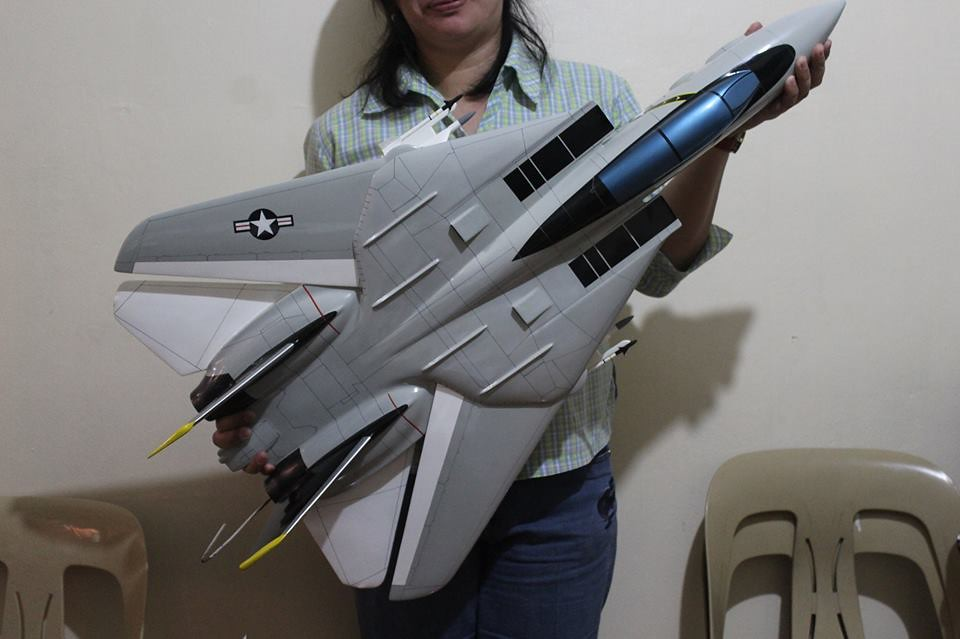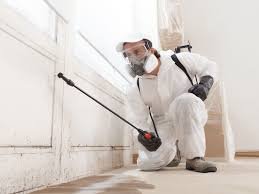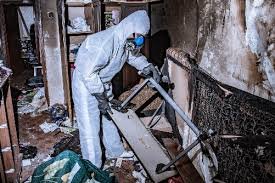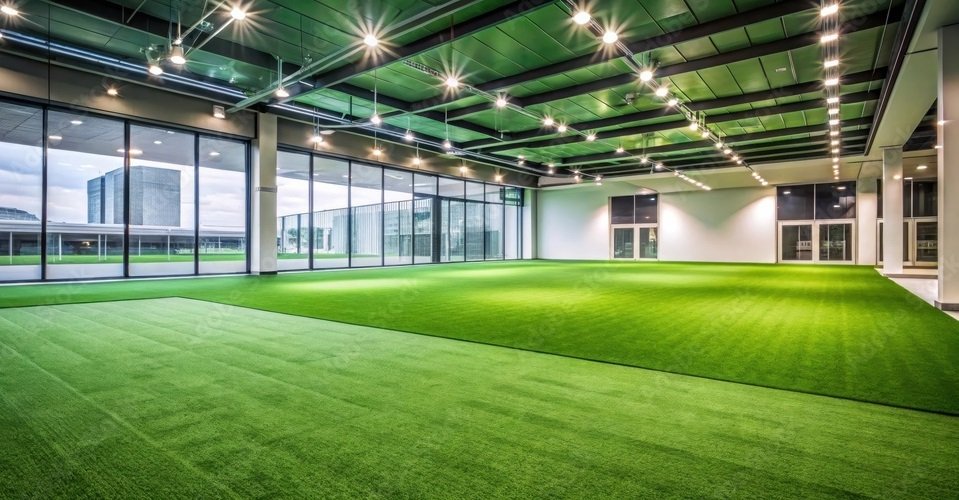The art of crafting museum-quality aircraft models represents one of the most sophisticated intersections of engineering precision and artistic mastery. While many admire these large scale airplane models in museums and corporate displays, few understand the intricate journey from concept to completion that brings these masterpieces to life.
The Journey Begins: Research and Planning
Every museum-quality model starts with exhaustive research. Master craftsmen immerse themselves in studying original aircraft blueprints, historical photographs, and technical documentation. This critical phase often takes weeks or even months, as every detail must be thoroughly understood before construction begins. For historic aircraft, this might involve consulting aviation historians or visiting preserved examples to document specific details that might not appear in available documentation.
Material Selection: The Foundation of Excellence
Creating custom airplane models that stand the test of time requires carefully selected materials that balance authenticity with durability. Modern craftsmen often combine traditional materials like aircraft-grade aluminum and premium hardwoods with advanced composites. Each material choice affects not just the model’s appearance but its longevity and structural integrity. The selection process considers factors like weight distribution, thermal expansion, and UV resistance – crucial elements for models that may be displayed for decades.
The Art of Construction
The construction phase merges traditional handcrafting skills with cutting-edge technology. Master model makers begin with the aircraft’s core structure, carefully scaling down every component while ensuring structural integrity. Large scale aircraft models require particular attention to internal support systems, especially for components like extended wings or landing gear.
Computer-aided design and CNC machining help achieve precise dimensions, but the human touch remains irreplaceable. Craftsmen spend countless hours hand-forming complex curves, texturing surfaces to match full-scale aircraft, and ensuring every panel line exactly matches the original aircraft’s specifications. This combination of modern technology and traditional craftsmanship ensures both accuracy and artistry.
The Detail Makes the Difference
What transforms a good model into a museum-quality masterpiece is the attention to minute details. Expert painters use specialized techniques to recreate weathering patterns, simulate metal fatigue, and reproduce complex liveries. Each rivet, panel line, and surface detail is carefully considered and executed. For modern aircraft models, this might include functional elements like rotating propellers or adjustable control surfaces, adding another layer of complexity to the build process.
Environmental Considerations and Display Engineering
Creating large-scale models requires careful consideration of their display environment. Models must withstand varying temperature and humidity conditions while remaining pristine for years. Custom mounting systems are engineered to support models securely while appearing nearly invisible to viewers. Lighting design becomes crucial, with careful consideration given to highlighting key features while protecting sensitive materials from UV damage.
Quality Control: The Final Guardian
Before any model reaches its display location, it undergoes rigorous quality control. Every component is meticulously checked against original specifications, guaranteeing perfect scale accuracy and flawless craftsmanship. Paint finishes are scrutinized under different lighting conditions to ensure consistency and durability. Moving parts are tested repeatedly to confirm smooth, reliable operation.
This meticulous process often involves multiple inspectors, each specializing in different facets of the model’s construction, such as structural integrity, aesthetic details, and functional features. Additional stress tests may be conducted to evaluate the model’s durability during transport and long-term display. These stringent quality checks ensure that each model meets the highest standards, ready to captivate and impress.
Beyond the Workshop
The completion of a museum-quality model doesn’t mark the end of the craftsman’s involvement. Detailed documentation packages are meticulously crafted, encompassing maintenance schedules, handling procedures, environmental requirements, and display recommendations. Many model makers offer ongoing support, conducting regular inspections, necessary repairs, and restoration work. They also provide expert guidance on optimal lighting, humidity control, and display positioning to preserve the model’s integrity.
Additionally, some craftsmen collaborate with museums and collectors to create custom display environments, ensuring the model remains a timeless masterpiece. These efforts guarantee that their creations continue to educate, captivate, and inspire audiences for generations to come.
Preserving Aviation Heritage
These meticulously crafted pieces serve a purpose far beyond mere display. They preserve aviation heritage in a tangible, accessible form, allowing visitors to study historic aircraft that might no longer exist or be too rare to view in person. In corporate settings, these models become powerful tools for education, marketing, and brand representation.
The creation of museum-quality aircraft models represents a unique blend of historical research, engineering precision, and artistic skill. Each model tells a story not just of the aircraft it represents, but of the dedication and expertise required to bring these miniature masterpieces to life. As technology advances and new techniques emerge, these custom airplane models continue to push the boundaries of what’s possible in scale reproduction, ensuring that aviation history remains alive and accessible for future generations.













Leave a Reply